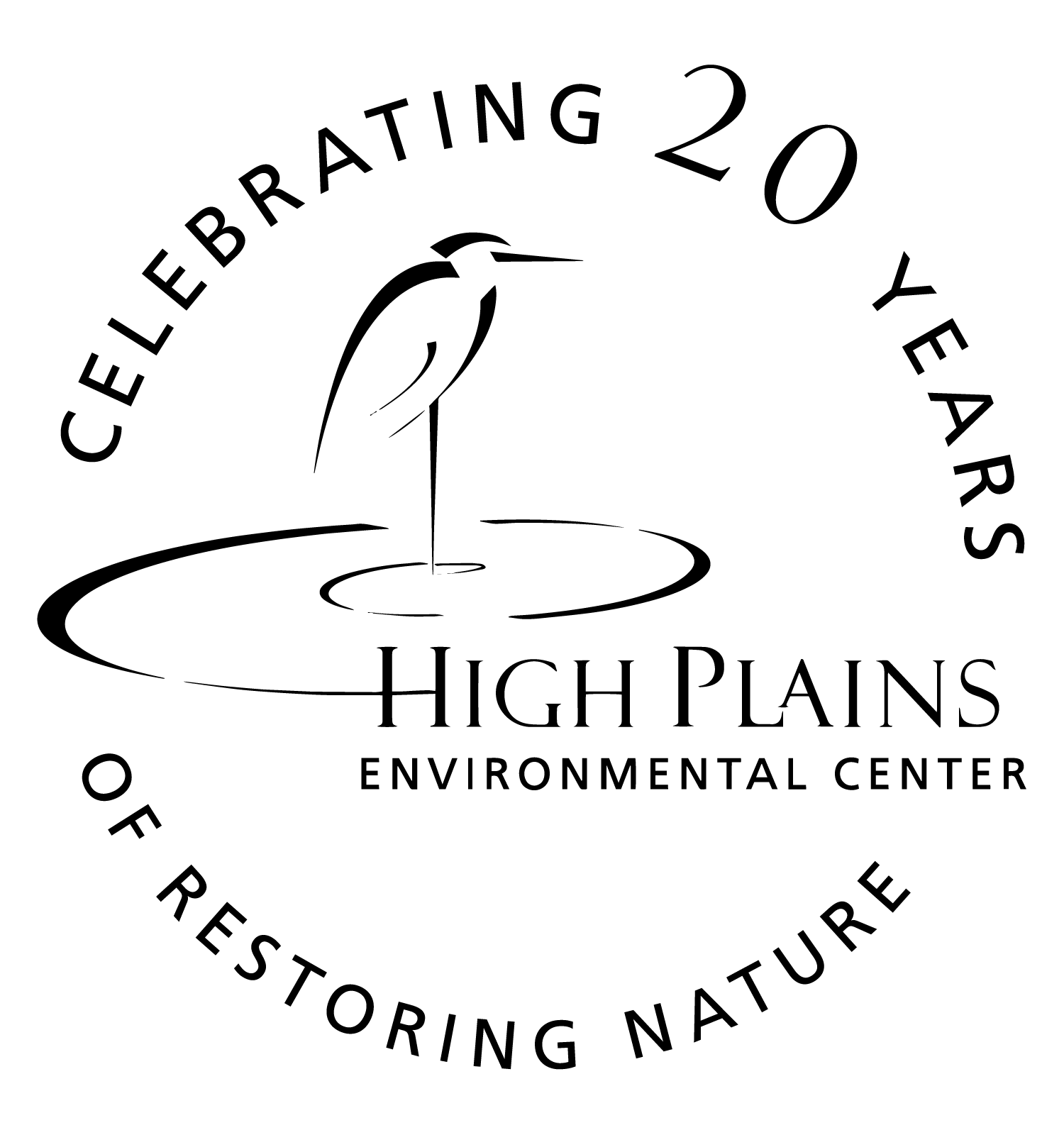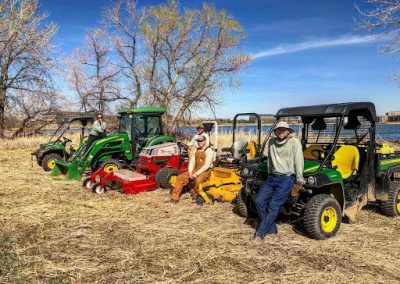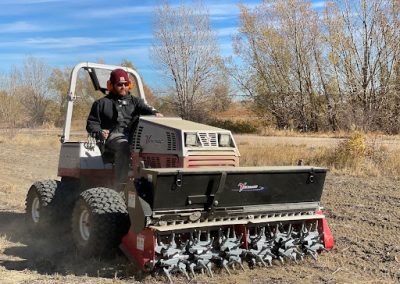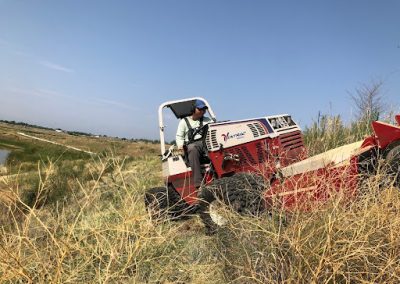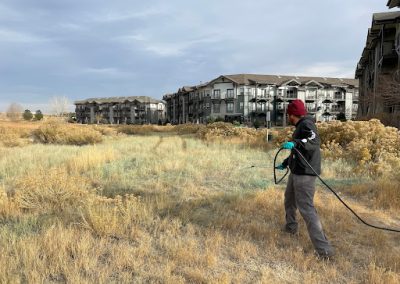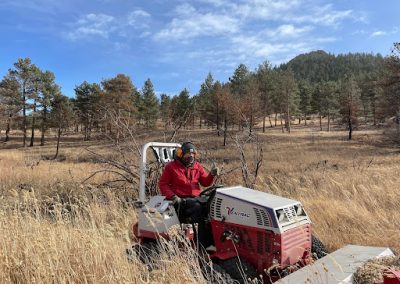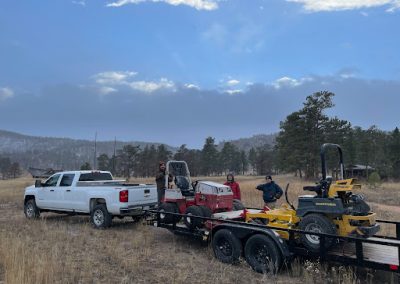High Plains Environmental Center
Open Space Management Services
Our natural areas program helps to further our goal of “restoring nature where we live, work, and play.” We partner with land owners around the state to turn weed-riddled, ravaged, disturbed landscapes into pristine natural habitat. The revenue derived from these services helps to fund our environmental education programs and community outreach.
Land Management Partners:
The High Plains Environmental Center manages Open Space for the Centerra Metro District, Residential Developers, HOAs, and other private landowners.
Our ecology and restoration focused management has helped Centerra become Colorado’s first Certified Community Wildlife Habitat Community. HPEC’s land management services promote a diverse native plant community suitable for iconic pollinators, birds, mammals, and other wildlife.
HPEC’s land management program utilizes best management practices for a variety of natural area types. Our services include invasive species management and revegetation programs to turn weedy fields into high value wildlife habitat.
Our native grassland open spaces require less water, less herbicide, and less overall maintenance than traditional turf grass or monoculture green belts and are more aesthetically pleasing.
Adaptive Management Planning and Monitoring
Any successful restoration landscaping project requires close monitoring to determine the plant community make up and trajectory. This allows us to carefully time spraying, mowing, and reseeding efforts to be as effective as possible.
Cultural Control
Planting native vegetation mixes suited to outcompete weeds, landscape design that keeps humans and pets from disturbing restoration habitat.
Mechanical Control
Mechanical Control: Our crews and equipment can handle the toughest of terrain with tractor mowers, weed wackers, or old fashioned seed head removal when necessary.
Integrated Pest Management
Integrated Pest Management HPEC uses IPM and ecological principles to drive our weed management services. Chemical control: When appropriate we use targeted herbicide application for long term weed control on the most prolific and obnoxious of weeds.
Contact Land Management Team
land@suburbitat.org
